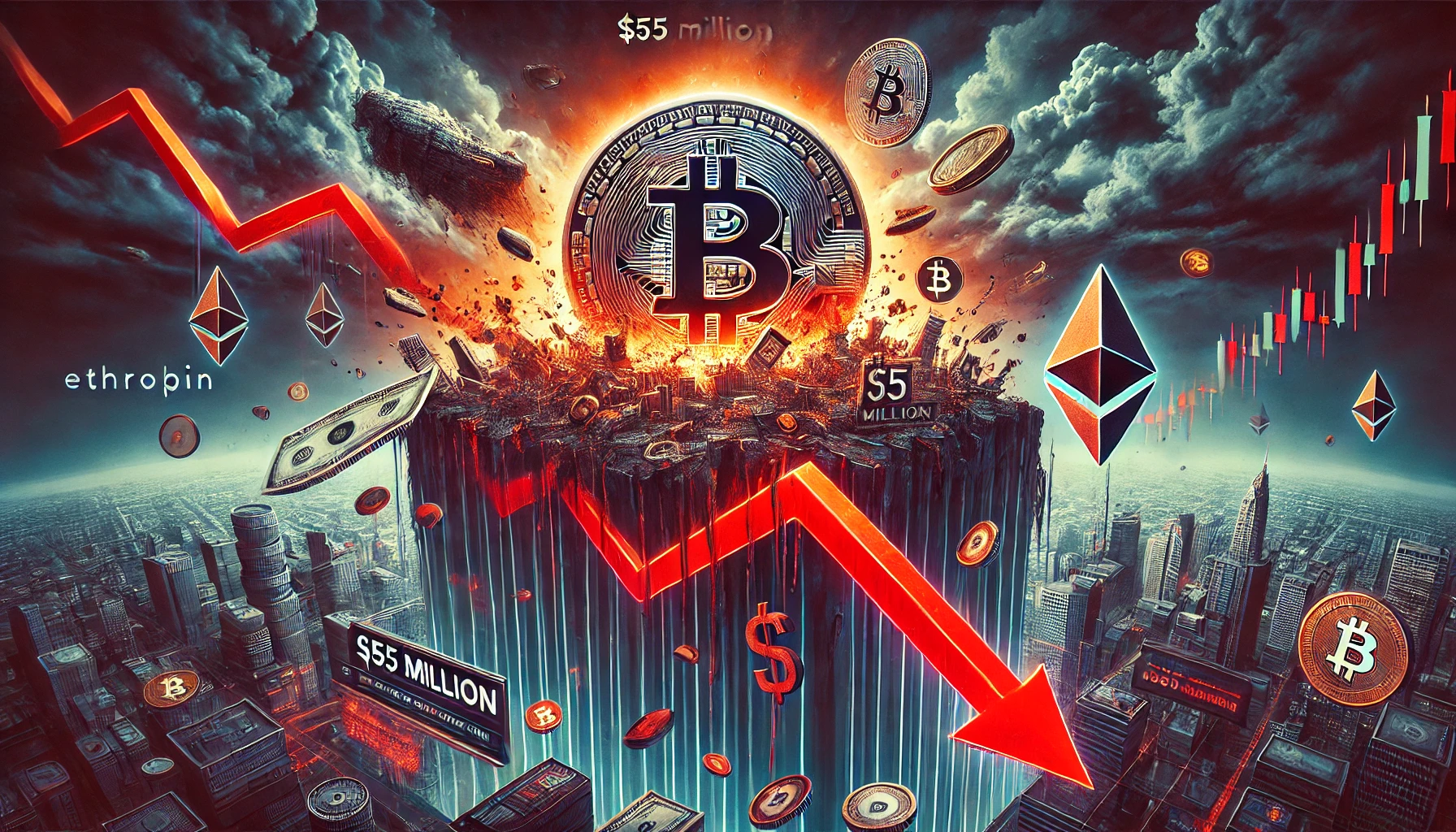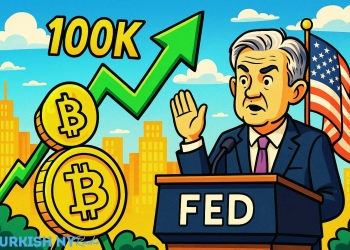The decentralized crypto lending market has seen a sharp rise in high-risk loans, hitting their highest level in two years. Loans that are just 5% away from liquidation now total $55 million, posing a significant risk of large-scale liquidations and a potential market collapse. The rapid sale of crypto collateral could trigger a domino effect, further weakening the market.
Recent rapid growth in the decentralized lending market, particularly in high-risk loans, has become a cause for concern. These loans have reached their highest level in two years, increasing the potential for market volatility and liquidations. According to data from IntoTheBlock, as of Wednesday, the total value of loans nearing the liquidation threshold is $55 million, the highest since June 2022.
The Mechanics of Crypto Lending and Its Risks
In decentralized lending platforms, users take out loans using cryptocurrencies as collateral. The core risk of this system emerges when the value of the collateral drops. If the value falls too quickly, the lending protocols must sell the collateral to forcibly repay the loans. Loans that are within the 5% liquidation range could enter the liquidation process quickly if the collateral value declines even slightly.
The Potential for a Market Downturn
The increase in high-risk loans raises the possibility of large-scale liquidations that could trigger a domino effect, leading to a broader market collapse. The mass sale of crypto collateral could push the value of crypto assets down rapidly, which in turn may trigger further liquidations, causing even more damage to the market. The report warns that consecutive liquidations could lead to a serious market crash. If prices drop too far, the collateral may become insufficient, resulting in losses for both borrowers and lenders.
“Rapidly declining market conditions could make loan repayment impossible, leading to significant losses for lenders,” the report added.
Turkish NY Radio notes that this situation highlights the fragile nature of decentralized lending platforms during periods of extreme volatility.






























































































![BitTorrent [New]](https://s2.coinmarketcap.com/static/img/coins/64x64/16086.png)
















